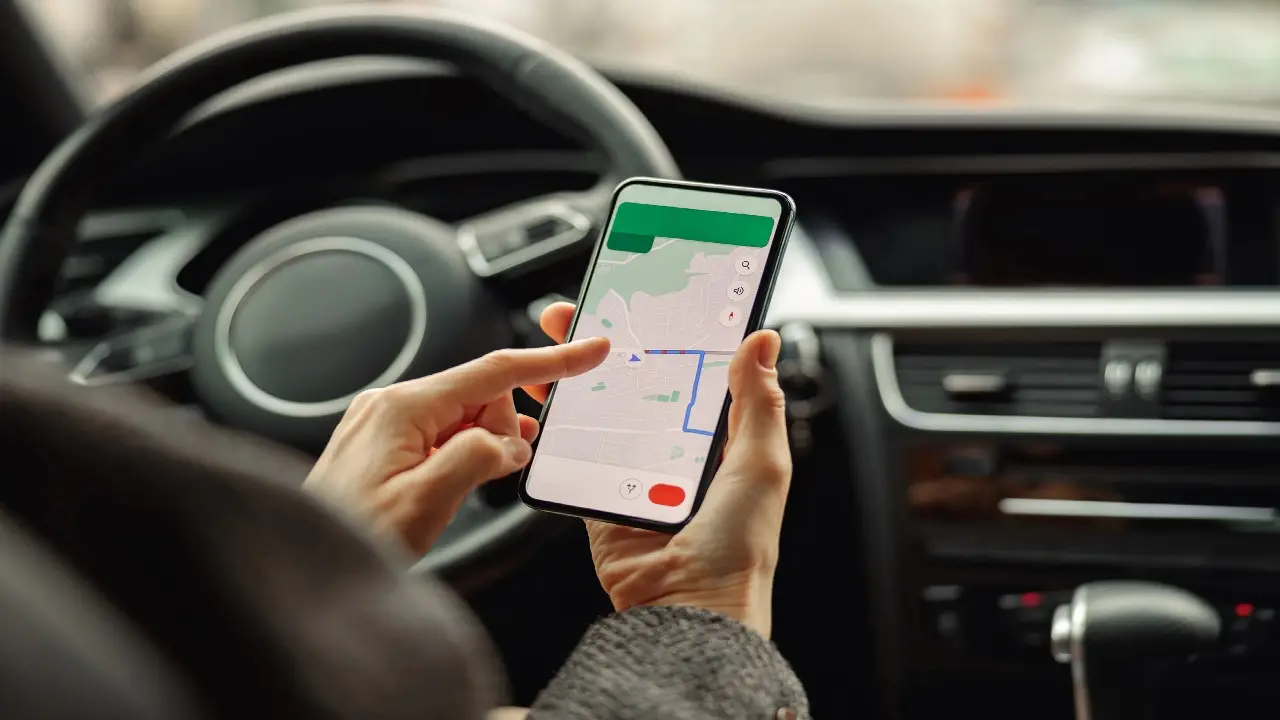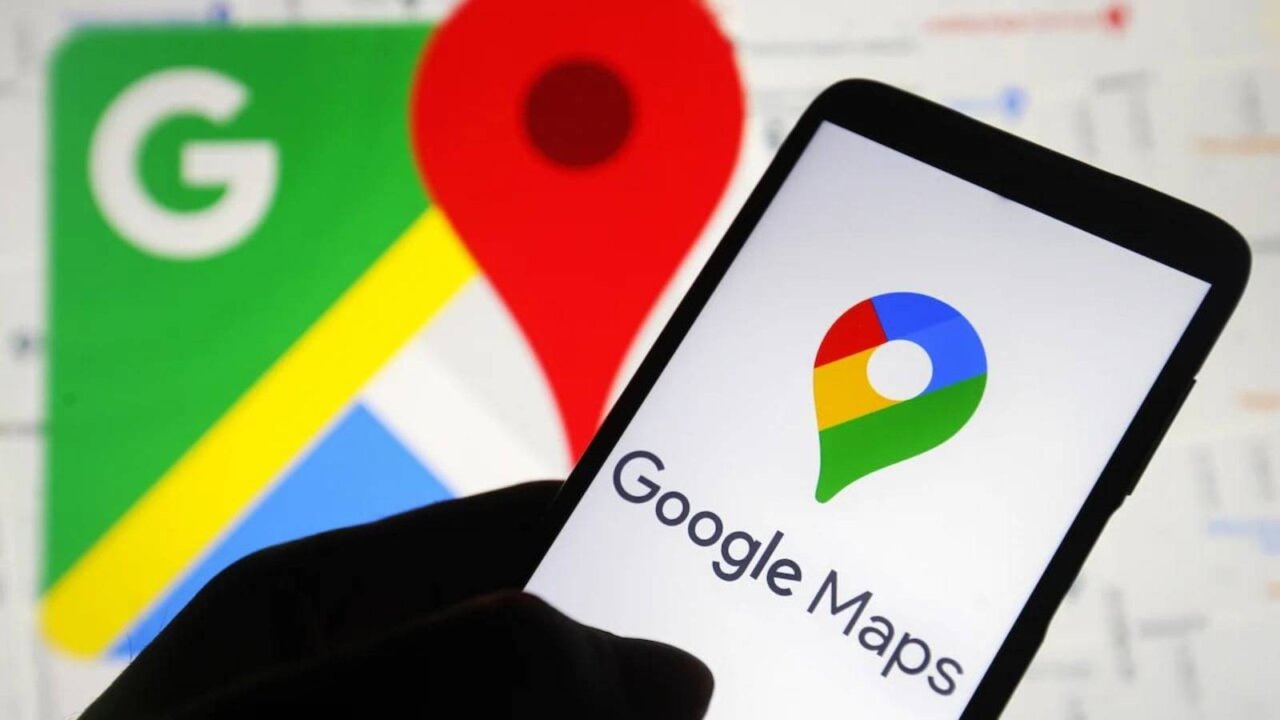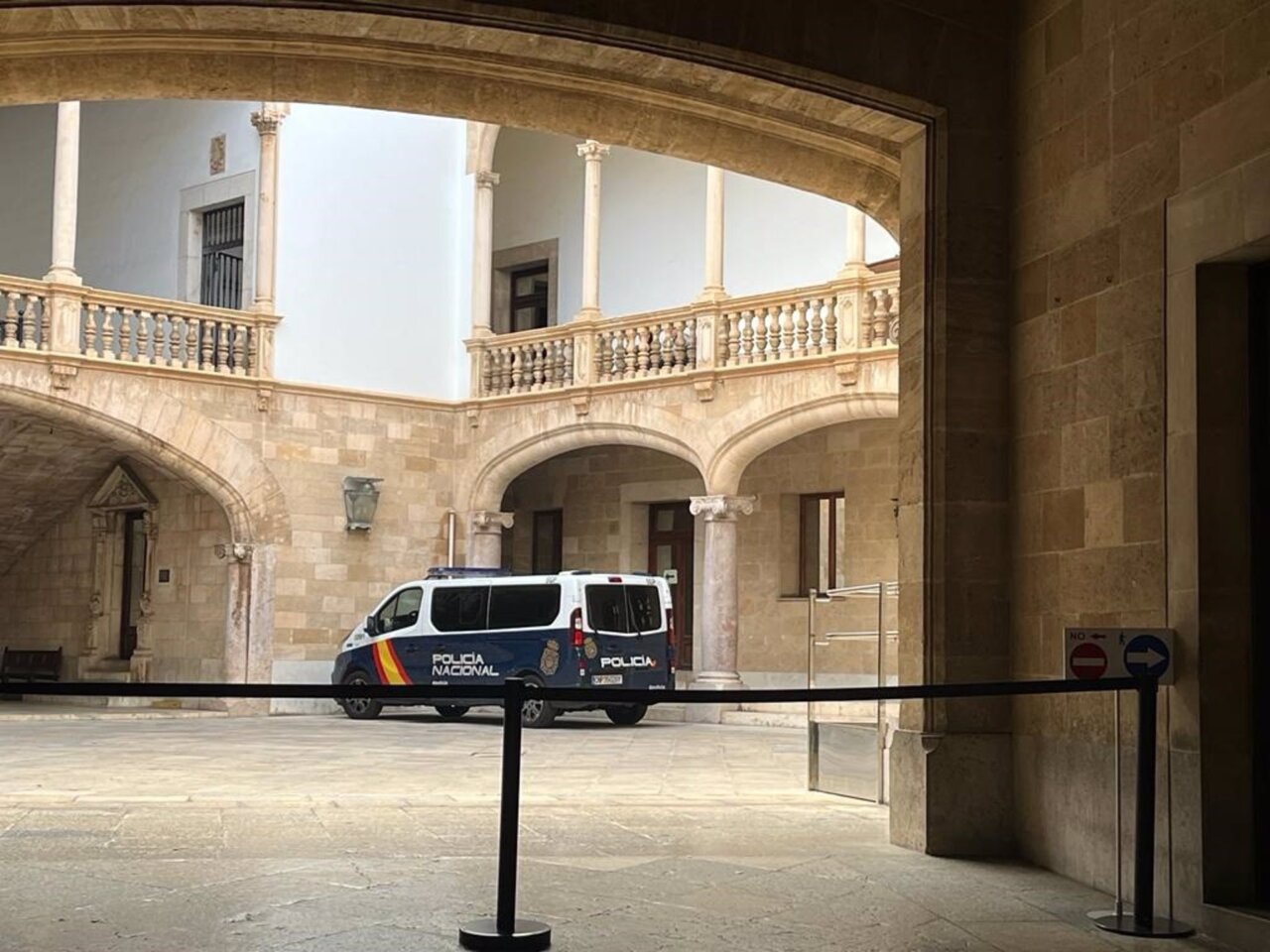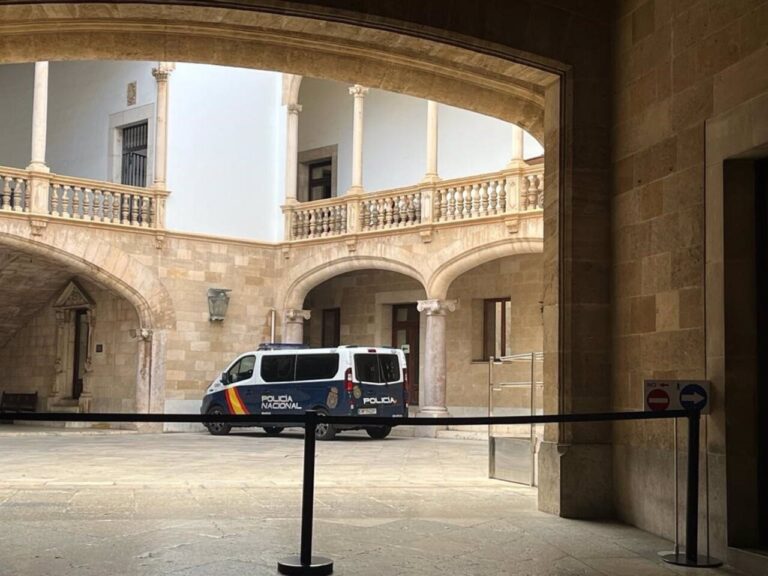Google has initiated a new stage in its map application with the incorporation of a virtual co-pilot powered by artificial intelligence. This tool turns the traditional navigation experience into a much more dynamic interaction, capable of interpreting the context of the trip and responding as a person sitting in the passenger seat would.
As detailed in El Independiente, this system provides guidance on the route, converses with the user, interprets complex requests and offers relevant information without the need for the driver to take his eyes off the road.the idea is that the technology acts as a constant companion that anticipates needs, resolves doubts and manages unforeseen events in real time.
One by one, all the functions of the virtual co-pilot
One of the key features of the new co-pilot is its ability to provide directions based on elements of the environment. Instead of generic phrases, the instructions are accompanied by real visual references, such as buildings or stores, to make the turn or exit easier to identify; it also allows you to modify the route, add stops or search for nearby services by voice or screen, all without losing the thread of the navigation.
The assistant remains operational even when the app is in the background and automatically detects changes in traffic, accidents or mandatory detours. If an unforeseen event arises, it warns immediately and proposes faster or safer alternatives.
With this, Google aims to reduce distractions and make a qualitative leap with respect to traditional GPS, also integrating calendar, reservations, music or search for electric vehicle chargers.
What are the features of the new tool?

The new co-pilot is supported by the Gemini AI model, allowing it to interpret complex requests and adapt to different driving styles. Its integration with Google Lens adds an extra level of information: simply point the camera at a location, building or monument to receive instant data, from ratings to schedules or photos.
The assistant can synchronize with the vehicle, detect charging points for electric cars, search for parking or display useful data for those traveling in crowded urban environments. The company wants the app to become a control center that brings together everything a driver needs before, during and after the journey.
Availability and international expansion
For the time being, the company has started to launch this feature in the United States, where the update is already progressively reaching users. Google has not detailed when it will be available in Spain, although the global rollout will be gradual and could be extended over the coming months.
In the meantime, users and developers continue to keep an eye on the calendar, aware that this new tool could mark a before and after in road navigation.








